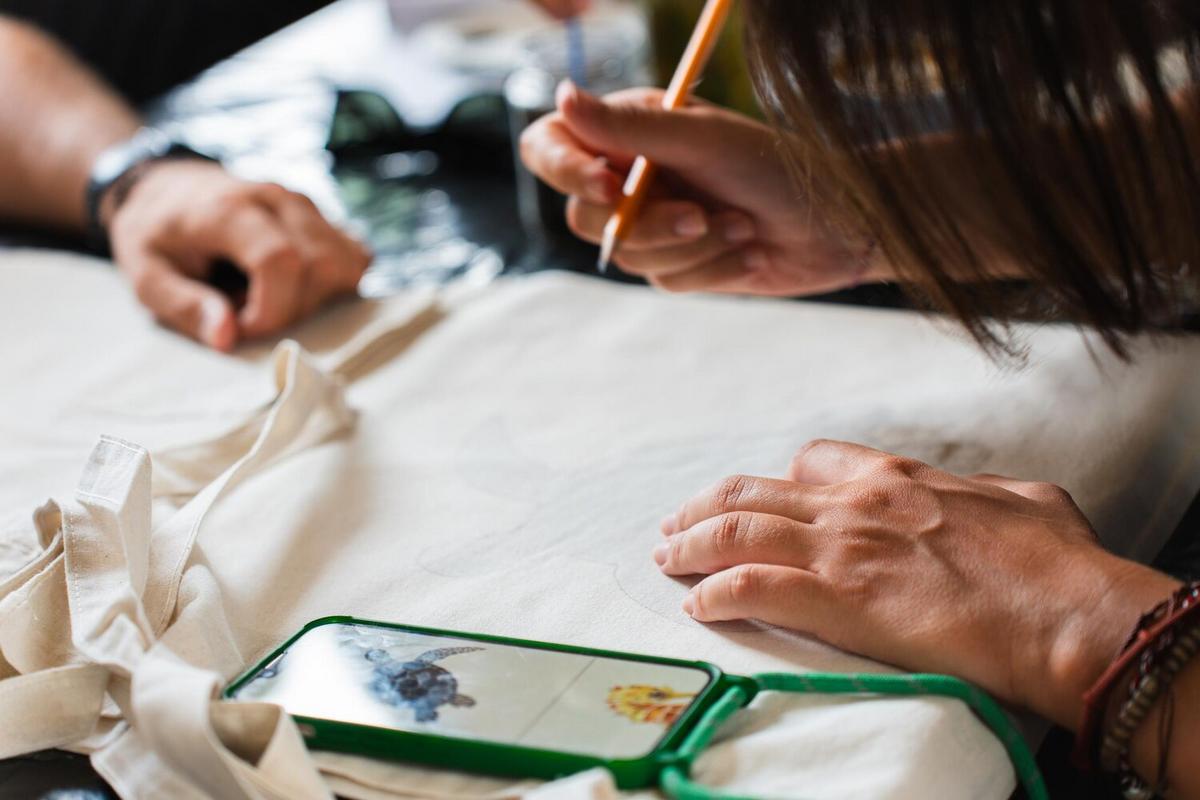
The Rise of Eco-Friendly Fabrics in Fashion
As awareness of environmental issues grows, the fashion industry is undergoing a significant transformation. The rise of eco-friendly fabrics is at the forefront of this change, offering a sustainable alternative to traditional materials and appealing to conscientious consumers.
The Shift Towards Sustainability
Fashion has long been criticized for its environmental impact, with the production of fabrics contributing significantly to pollution and resource depletion. However, the industry is now embracing sustainability, and eco-friendly fabrics are gaining traction. According to a report by Business of Fashion, the demand for sustainable materials has increased by 30% over the past five years, highlighting a shift in consumer preferences.
What Are Eco-Friendly Fabrics?
Eco-friendly fabrics are materials that minimize environmental harm during production and disposal. These include organic cotton, bamboo, hemp, and Tencel. These fabrics are often biodegradable, require less water, and use fewer chemicals compared to traditional textiles.
Expert Insights
Dr. Lisa McNeill, a renowned expert in sustainable fashion, notes that “the adoption of eco-friendly fabrics is not just a trend but a necessary evolution of the fashion industry.” Her perspective is supported by the increasing number of brands adopting sustainable practices.
Benefits of Eco-Friendly Fabrics
- Reduced Water Usage: Organic cotton requires significantly less water than conventional cotton.
- Lower Chemical Use: Natural dyes and fewer pesticides help protect ecosystems.
- Biodegradability: Fabrics like Tencel break down naturally, reducing landfill waste.
Statistics Highlighting the Impact
| Fabric | Water Usage | Biodegradability | Chemical Use |
|---|---|---|---|
| Conventional Cotton | High | Low | High |
| Organic Cotton | Moderate | High | Low |
| Bamboo | Low | High | Low |
| Hemp | Low | High | Low |
| Tencel | Low | High | Low |
| Polyester | Low | Low | High |
| Viscose | Moderate | Moderate | Moderate |
| Nylon | Low | Low | High |
Personal Anecdotes
Many consumers are choosing sustainable fashion not only for its environmental benefits but also for its quality. Emily, a fashion enthusiast, shares, “Switching to eco-friendly fabrics has changed my wardrobe for the better. The clothes feel great and last longer.”
Pro Tip:
When shopping for eco-friendly fashion, look for certifications like Global Organic Textile Standard (GOTS) to ensure the authenticity of sustainable claims.
Actionable Tips for Embracing Sustainable Fashion
- Start by purchasing clothes made from sustainable fabrics.
- Support brands that prioritize ethical production practices.
- Educate yourself on the environmental impact of different materials.
- Consider second-hand shopping to reduce demand for new products.
Frequently Asked Questions
What makes a fabric eco-friendly?
Eco-friendly fabrics are typically made from natural or recycled materials that have a lower environmental impact during production and disposal.
Is bamboo fabric really sustainable?
Bamboo is considered sustainable due to its rapid growth and minimal need for pesticides. However, the processing methods can vary, so it’s important to research brands.
How can I tell if a brand is truly sustainable?
Look for certifications and transparency in their production processes. Brands often provide detailed information about their sustainability practices on their websites.
Conclusion
The rise of eco-friendly fabrics is reshaping the fashion landscape, offering a path towards a more sustainable future. By making informed choices, consumers can drive the demand for greener materials, encouraging the industry to adopt more environmentally friendly practices. With a growing number of options available, embracing sustainable fashion has never been more accessible or impactful.


